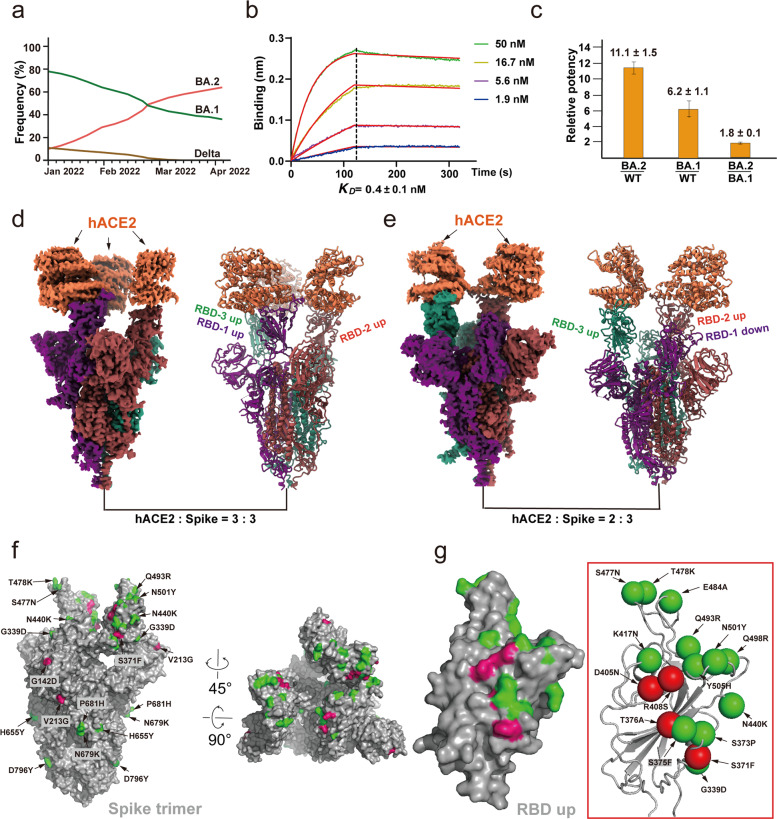Fig. 1. SARS-CoV-2 Omicron BA.2 spike protein with higher affinity to human ACE2.
a The infection frequency of SARS-CoV-2 Delta, Omicron BA.1, and Omicron BA.2 strains since January 2022 to April 2022. b Binding curves of the Omicron BA.2 spike trimer to human ACE2. KD values were determined with Octet Data Analysis HT 12.0 software using a 1:1 global fit model. c Relative potency of WT, BA.1, and BA.2 with the ratio of their KD values. d, e Cryo-EM density maps of the hACE2-Omicron BA.2 spike trimer complexes with hACE2 and BA.2 spike in 3:3 molar ratio (d) or in 2:3 molar ratio (e). f The locations of Omicron BA.2 mutations on the Spike trimer. Spike trimer is shown in surface. The shared mutations between BA.1 and BA.2 are colored in green and the BA.2 its own mutations are colored in red. g The locations of 16 Omicron BA.2 mutations on the RBD. RBD is shown in surface. The shared mutations between BA.1 and BA.2 are colored in green and for BA.2 its own mutations are colored in red, including S375F, T376A, D405N, R408S, and N440K.

